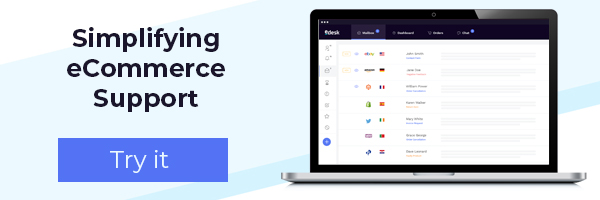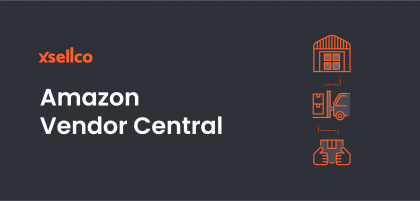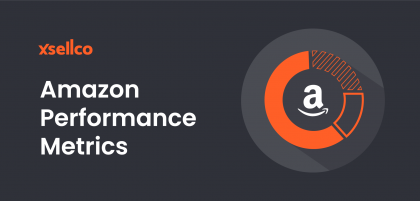Amazon are so committed to offering the best possible price, they make it a rule for sellers.
It’s called the General Pricing Rule and Amazon increasingly enforce it. Don’t get caught out because failure to comply could have dire consequences for your business.
If you offer lower prices on eBay, other marketplaces or your own web store, it could easily lead to a loss of seller privilege and even suspension.
So, what is the Amazon Pricing Rule?
Both the item price and total price of a product listed on Amazon must be at or below that of any other online channel.
- The item price is the amount the customer pays, as it appears when you list the product on Amazon. It doesn’t include handling or shipping.
- The total price is the amount payable, as well as any terms of offer or sale. This includes discounts and shipping cost.
We spoke to Amazon who confirmed that their automated system continually checks and informs the seller within 15 minutes if a violation has occurred. You will receive a policy warning in your Amazon seller central account.
Amazon’s General Pricing Rule only applies to US sellers. At the moment it’s not enforced for other international, UK and European sellers. Amazon even checks your listings for similar products that are differently described, by color or size, for example. In other words, there’s no hiding place. Amazon leave no stone unturned in their mission to guarantee their shoppers the best prices.
Handling price fluctuations
Let’s say you are currently pricing a SKU on Amazon for $10.00 and $11.00 on eBay or your own webstore. The Amazon market moves because a competitor has run out of stock, and the price changes to $12.00. You would be in violation of the Amazon Pricing Rule until you updated your eBay price, or lowered the Amazon price.
Manual repricing means constantly monitoring your competitors and adjusting your prices accordingly. It’s a labour intensive approach especially if you operate in highly competitive markets or have large numbers of SKUs. Of course, you could just do nothing and take the “set it and forget it” approach, risking the wrath of Amazon. For most multichannel sellers that’s not an option.
It’s crucial that your prices are in sync to improve the chances of making the sale and getting the best price. Reacting quickly enough to price fluctuations is difficult. It makes sense to have a robust multichannel pricing strategy to eliminate confusion, keep Amazon happy and help grow your business.
Multichannel Price Replication
It’s clearly a challenge for online sellers to control pricing across multiple marketplaces and still remain competitive, particularly in highly volatile markets. Multichannel sellers should be looking at a range of tools that make it possible. The ability to adjust your Amazon price, and have it automatically updated to your other channels is crucial. Up to now, no Amazon repricing tool has been able to do this.
xSellco’s Price Replicator tool within Price Manager delivers all the benefits of an amazon repricing tool across all your marketplaces. It delivers tangible time and resource savings, reduces complexity, allows easier management and helps you comply with the Amazon Pricing rule.









